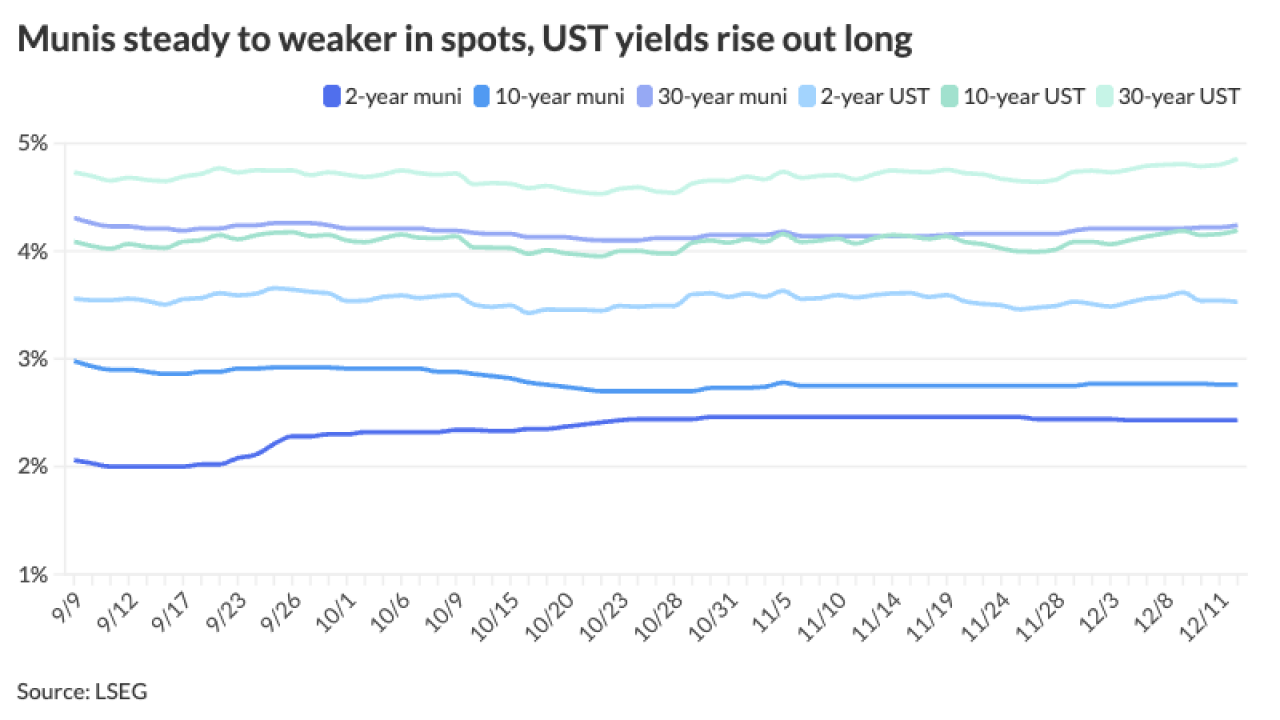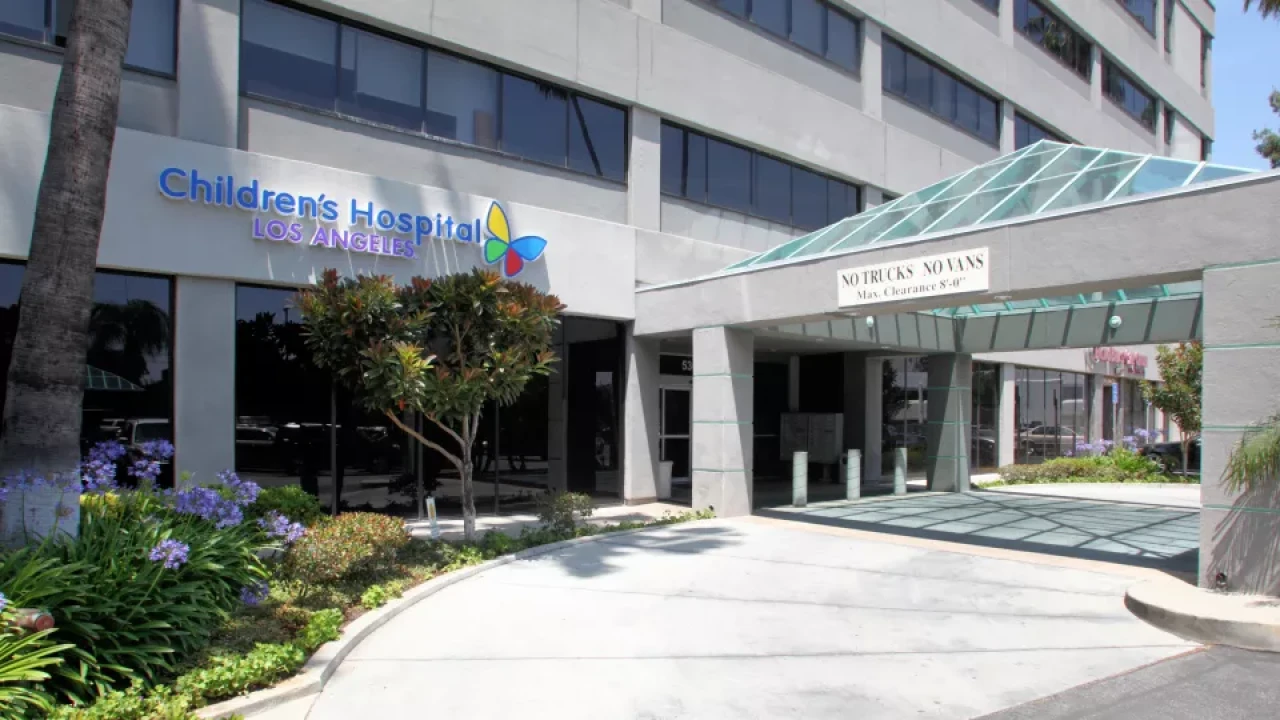
BRADENTON, Fla. – New Florida legislation makes it possible to use tax-exempt financing as part of public-private partnerships for transportation, though P3 backers must convince an influential skeptic.
On Monday, Gov. Rick Scott signed House Bill 7027 into law, creating the nonprofit Florida Department of Transportation Financing Corp.
The corporation, to be overseen by the Division of Bond Finance, will be the state's first conduit issuer for Florida DOT bonds.
The projects most likely to be financed are those using public-private partnerships, agency officials said.
The legislation also requires that FDOT consult with the Division of Bond Finance on P3 financing strategies, and allows the division to "make an independent recommendation" to the governor.
Creating of the new financing mechanism "has been criticized by some in the private sector," attorneys at Squire Patton Boggs wrote in a March 3 review of the U.S. Public Private Partnership Sector.
"Such bond issuances would require the approval of the State Bond Director…who is viewed by some in the private sector as being unsupportive of P3s," they wrote.
Until now, however, the Division of Bond Finance has not been consulted on financing proposals for FDOT's P3 projects, director Ben Watkins said Tuesday.
"I'm viewed as anti-P3 because I will be objective," Watkins said. "What I care about is financing in the cheapest possible way. You can have the benefit of the private sector on the design and construction, but tax-exempt financing is eminently more cost effective.
"The two are not mutually exclusive, and P3 proponents would have you believe they are," Watkins said.
To date, Florida's three mega-P3 projects – all of which won numerous industry awards - have been financed primarily with vendor-organized bank loans, along with equity and low-interest federal loans through the Transportation Infrastructure Finance and Innovation Act.
Those projects are the Interstate 595 express lane project in Fort Lauderdale, the Port of Miami Tunnels, and the I-4 Ultimate project.
FDOT's first P3, the I-595 project, was also the first in the nation to use an availability payment scheme using a 35-year concession contract negotiated in 2009.
The project opened in 2014, while payments for operations and maintenance run through 2044.
It cost $1.8 billion to build, but payments over the length of the concession will cost the state $4.27 billion, according to state documents.
The twin underwater tunnels to the Port of Miami were built to relieve traffic congestion through the city, also negotiated in 2009.
The tunnels cost $1 billion to build, and opened in 2014.
The contract also has a maintenance component that runs through 2044. It will cost $2.39 billion.
The most recent mega-P3 is the I-4 Ultimate project in the Orlando area.
Work on the 21-mile project started in late 2014 and is expected to be completed by March 2021.
It is expected to cost $2.3 billion to build, while the concession's 40-year price tag will be $5.04 billion.
"We've had to rely on the private sector" for P3 financing, FDOT Secretary Jim Boxold told The Bond Buyer Monday after the governor signed HB7027. "This [bill] gives us the option to do public-sector financing with bonds and presumably obtain lower interest rates."
Until now, he said FDOT has been limited to certain kinds of projects that it could finance with bonds.
State financing has been reserved for purchasing right of way, building bridges, and constructing certain tolled projects, including those operated by the Florida Turnpike Enterprise.
FDOT also is also authorized to use grant anticipation revenue vehicle bonds, though Florida has never issued Garvees.
Boxold said the new conduit bond program will allow his agency to advance large and small projects, and deliver them quicker, while ensuring that borrowing costs are kept to a minimum.
"This has the potential to result in significant cost savings on large-scale projects," he said, adding that bonding may not be used in every instance.
It gives FDOT an opportunity to "run the numbers" and select the most favorable financing method, he added.
According to Watkins, unwinding a portion of the state's first P3 set the stage for evaluating the use of tax-exempt financing.
In 2009, when FDOT closed on the 13-mile, I-595 project, $780 million of the $1.8 billion construction cost was financed with 10-year loans from a dozen banks.
An analysis of the 35-year P3 deal showed that public financing would have been significantly less expensive than the private-sector financing, Watkins said.
The bank loans were refinanced last year using a private placement and taxable bonds.
Watkins said the state potentially could have saved "hundreds of millions" of dollars if tax-exempt bonding had been an option to finance the I-595 deal initially.
"We deconstructed that transaction because it became clear to me that there was a better mouse trap," he said. "The notion is we can do that more cost effectively rather than leave financing up to the vendor.
"I call this P3 2.0 – the second generation."
Work on the new bond program also led to a new era of cooperation between FDOT and the Division of Bond Finance, Watkins said.
He credited Boxold and other transportation officials in the secretary's administration for supporting the evaluation of alternative financing for P3s.
FDOT saw potential for the bond program after evaluating the financial impact of the first P3s on the agency's work program, Boxold told the House Transportation & Economic Development Appropriations Subcommittee in January.
Paying for private-sector financing over time consumed much of the funds available for other DOT projects, Boxold told the committee.
FDOT's funding will go further using lower-cost tax-exempt bonds upfront, he said, adding that the new program is "another tool to deliver these projects" without impacting the work program.





